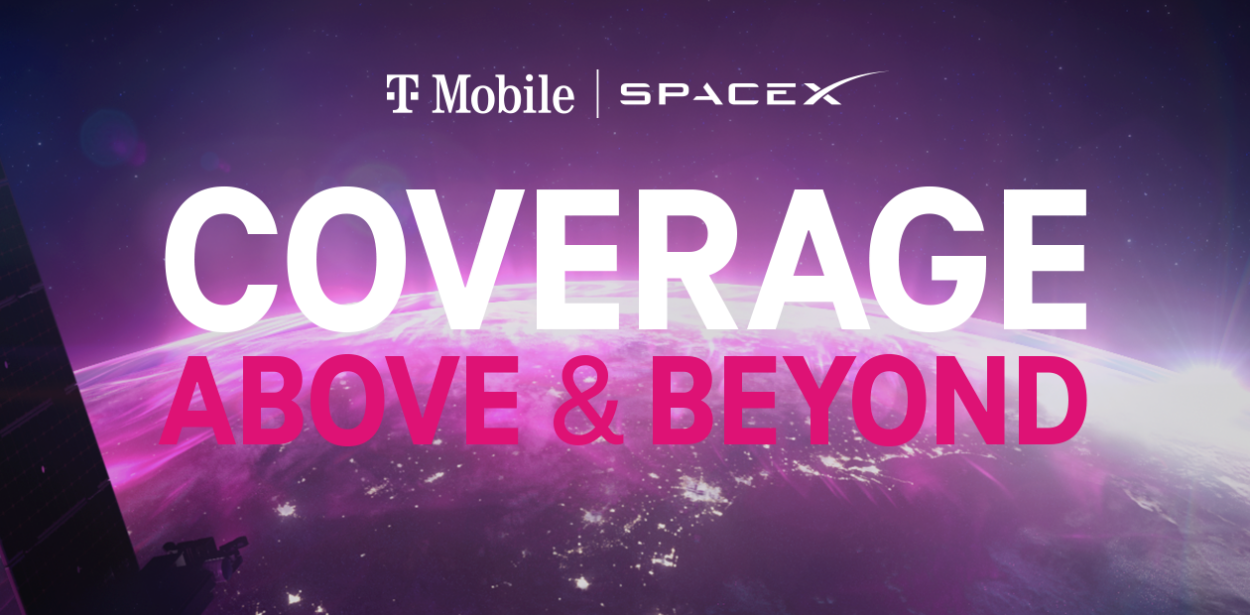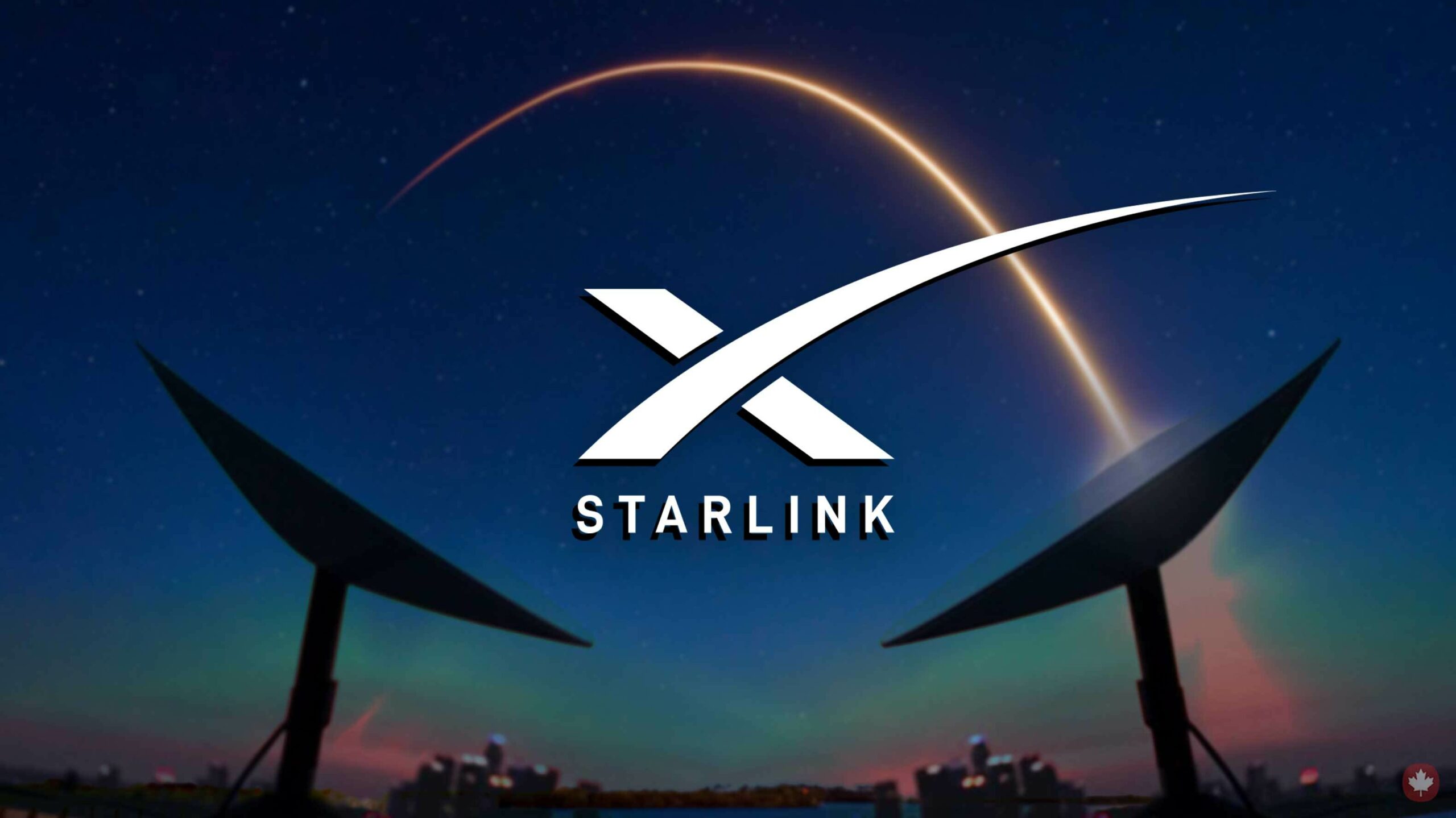If you were to ever wander into the deep woods or traveled to the middle of an ocean, chances are that you will have no cellular signal, meaning you can’t access the Internet and you can’t make calls unless you have a satellite communicator with you. And the main reason for the lack of cellular signals in places like the forest and the ocean is because telecommunications providers don’t have cell towers built in the area to provide you cell service to access the Internet or to make calls.
However, in 2022, technology has matured far enough that humans have finally found a solution to tackle the problem of providing cell service even in remote places that were previously unreachable by traditional cell signals.

In a live event today, US telecommunications provider, T-Mobile alongside the globally renowned aerospace company, SpaceX, introduced Starlink V2, the satellites that can directly transmit cell signals to mobile phones and Tesla cars from space.
The announcement today was mainly focused on Starlink V2’s implementation in the US with telecommunications provider T-Mobile. Under the new plan which they dubbed Coverage Above and Beyond, both companies will establish a new network using T-Mobile’s existing mid-band spectrum across the United States.
The main advantage of using an existing spectrum is that the majority of smartphones on its existing network will be able to connect to the new network without any need for new equipment.
Leveraging on SpaceX’s Starlink V2 satellites, the new network aims to eliminate cellular dead zones across the country. Whether it be from the middle of Death Valley to the Great Smokey Mountains, the newly established network aims to provide cell phone connectivity every time, everywhere.

Chief Engineer of SpaceX, Elon Musk says that for the new network, the deployment of Starlink V2 satellites will work great for texting and voice calls but not for usages that require high bandwidth. This is mainly because each cell zone under the new network can only deliver 2 to 4Mbps.
Although SpaceX’s Starlink V2 technology is only currently implemented in the USA, both SpaceX and T-Mobile shared their vision for expanding Coverage Above and Beyond globally, issuing an open invitation to the world’s carriers to collaborate for truly global connectivity. And in a tweet posted by SpaceX CEO himself, Elon Musk, the man hopes to be able to eliminate cellular dead zones once and for all, worldwide.
RELATED:
- Password Manager LastPass Confirms They Were Hacked This Month
- Meta/Oculus Quest Pro VR Headset Arriving in early October
- Elon musk pulls out of $44 billion Twitter deal, company threatens legal action
- Elon Musk warns that SpaceX’s Starlink system may be targeted in Ukraine
- Xiaomi MIX Fold 2 smartphone sold out within 5 minutes of going on sale in China







